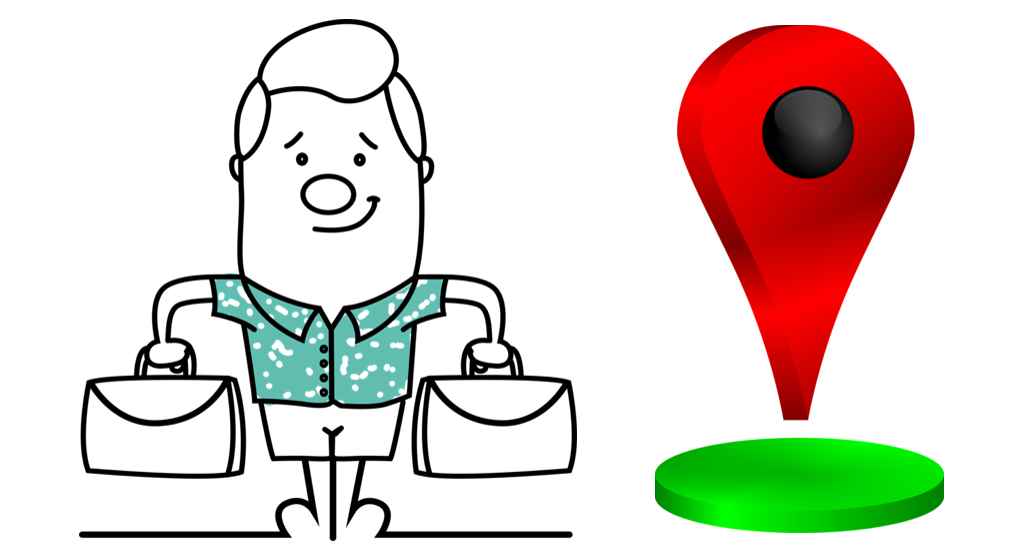Cooking up Amazing Trips contains affiliate links. If you purchase through these links, I may earn a commission at no extra cost to you. See my Disclosure Policy for more information. Thanks for supporting my blog!
Save at the Destination
Are you looking to save money on travel? And more specifically, save at the destination? You are in the right place.
Because travelling doesn’t have to be expensive, in this post, I will give you tips so you don’t have to pay more when you travel.
The biggest expenses when travelling are usually accommodation and transportation; thus, they are often the main topics of discussion. However, once you reach your destination, there are other additional costs to be considered.
I have classified them into four categories:
- Transfers. We covered these in my post “Saving on Transfers” because I thought they deserved a separate chapter.
- Communications
- Tourist Attractions
- Food
- Shopping
Since the first section is already covered, let’s focus on the following four categories to save at the destination:
1. Save on Communications
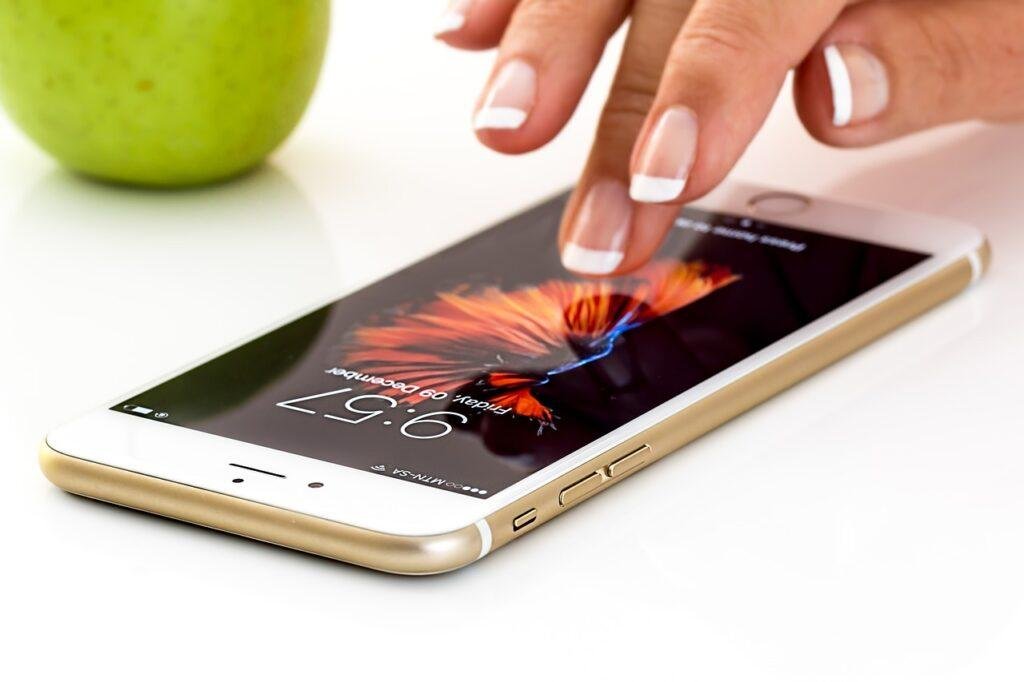
- ✳️ Check with your mobile operator for international rates. For European residents, visiting countries outside of Europe can be an expensive experience, and I guess it’s the same in the rest of the world.
- ✳️ It is important to note that if your company does not permit you to use data while travelling and charges an additional fee for such usage, it is best to disconnect your data before boarding the flight. This will prevent any unexpected charges for data usage abroad, as your phone may automatically connect to the internet when you turn off flight mode.
- ✳️ If you only need internet access to use your mobile phone as GPS, consider using the maps.me app. It provides downloadable maps that don’t require internet connectivity. You can download the map in advance and use it as a GPS once you reach the destination. The best part is that it’s free!
Internet Abroad
- ✳️ If you are someone who cannot survive without the internet, there are various options available for you:
1️⃣ Rely on public Wi-Fi. Some apps can help you find accessible networks, although I don’t recommend them due to the risk involved. However, if you have to, use a VPN before connecting.
Many people enjoy this system; lucky them, they have never experienced any issues.
Some of us, less fortunate, who have had our accounts hacked on public networks, have become more cautious.
🔐 For safe and reliable internet access wherever you roam, I always recommend using a VPN—NordVPN is my go-to.
2️⃣ One alternative is to purchase a prepaid data-only SIM card upon arrival at your destination. With this option, you can enjoy internet access as if you were at home for a reasonable price.
3️⃣ Another option, which is my favourite, is to use an eSIM. It is a virtual SIM card that you activate on your mobile device without having to replace it physically. You only have to check that your device is compatible, choose which country or countries you will use it in, and select the gigabytes you will need. It is a very easy-to-use, secure, and reasonably priced system.
🌐 Internet Connection: Stay connected abroad with eSIMS from Airalo. It’s the one I use.
2. Save on Tourist Attractions
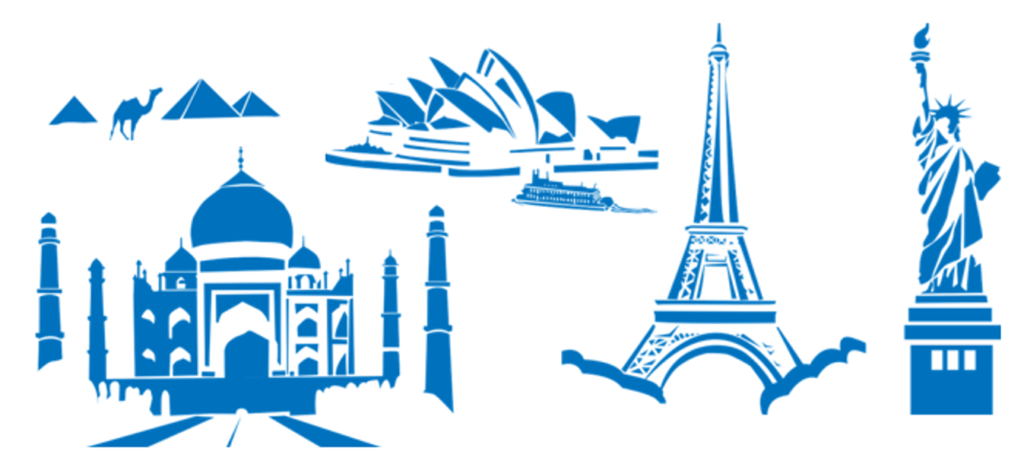
- ✳️ Book a ‘Free Tour‘ for the first day. These walking tours are led by knowledgeable and passionate local guides who not only share interesting facts and stories about the area but also provide practical information. There are various tour options available in different languages for each city.
They are not entirely free. Based on tips, payment is made at the end of the tour, according to your satisfaction.
🚶♀️📷 Free Tours: Join a fun and informative free tour to explore top sights with a local guide — book now with Freetour.com.
- ✳️ Visit the local tourist information office. They can provide you with additional information and ideas for saving money and inform you about upcoming events, free activities, and discounts. Additionally, they often offer free maps. Even though maps are becoming obsolete in the digital age, I still have a passion for them! 🤩
- ✳️ It’s worth checking tourist attractions in advance to see if they offer free admission days, similar to many European museums. This can result in significant savings. Plus, sometimes you can get a better price if you book in advance.
- ✳️ Look at the city bus routes. By taking a city bus that passes by the main attractions, you can have a cheap tourist bus experience.
- ✳️ If you’re planning to visit a new country and want to take advantage of its main tourist attractions, I highly recommend reading my article on them. It’s always better to spend your money on one of the fantastic sights a place offers rather than miss out on something extraordinary.
📷 Tours & Activities: Book fun experiences, guided tours, and skip-the-line tickets in advance with GetYourGuide or Viator.
3. Save at the Destination on Food
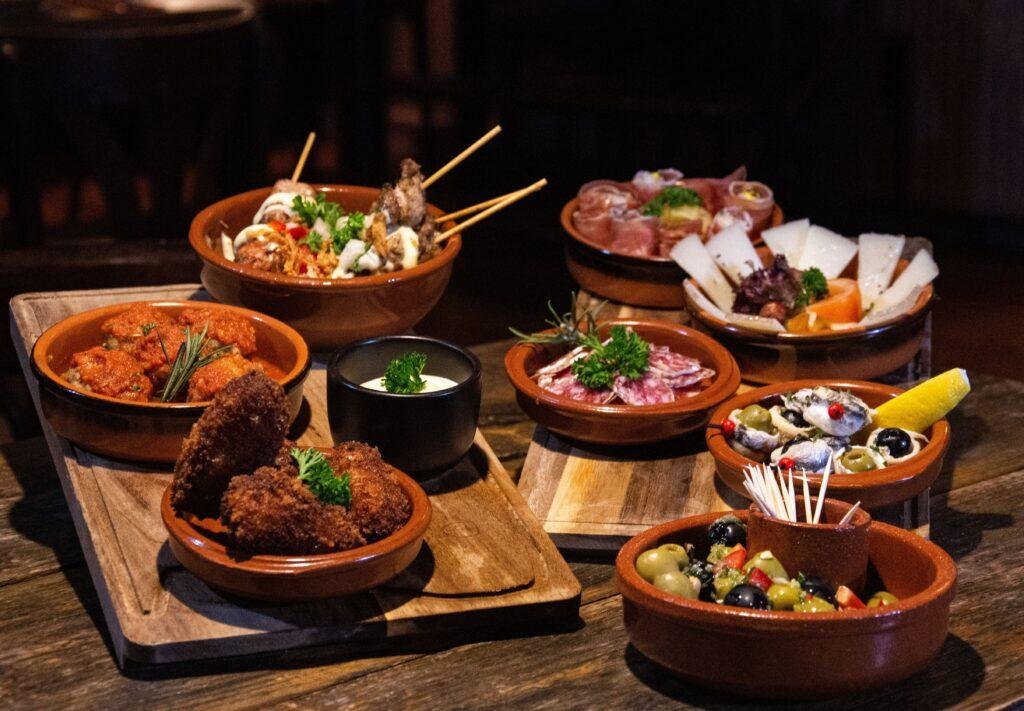
Food plays a fundamental role in our daily lives, and it is equally important when we travel. It is not only about getting nourishment and energy but also about gaining a more in-depth understanding of the culture of the country we are visiting. It is an experience that must be lived.
But how can we experience local cuisine without spending too much money?
I want to share with you some helpful tips:
- ✳️ Avoid tourist restaurants. Usually, they are located in central areas, they are generally expensive, and the quality-price ratio could be better. To identify if a place is meant for tourists, focus on two crucial aspects:
a) Observe the people eating there and whether there are many local customers. The locals know the best places to eat in terms of quality and price. Follow their path!
b) Do they have posters with photos of the dishes they serve? Avoid them at all costs. Do places you visit in town have photos on the door? Probably not.
- ✳️ Look for daily menus or eat at street stalls. Both are economical eating options that will also help you learn about the local cuisine.
- ✳️ Use apps like AroundMe and websites like TripAdvisor to discover affordable, quality restaurants.
- ✳️ If you choose an apartment for accommodation, you can save money by shopping at the neighbourhood supermarket and having breakfast at home.
4. Tax-Free Shopping

It can be challenging to resist buying items when visiting a foreign country, even if you’re not a fan of shopping.
One way to succumb to temptation but save a little at the same time is to benefit from tax-free shopping. I’m sure you are familiar with the famous “Duty-Free” at the airport, right? Well, it’s the same concept.
The ‘tax-free’ exemption allows us to avoid double taxation on goods purchased abroad and produced in a different country.
Requirements
In order to be eligible for a tax refund, you need to fulfil specific requirements such as:
- Purchase from businesses labelled “Tax-Free” or “VAT Refund”.
- You should not hold the nationality of the country where you are travelling to or living for an extended period.
- This refund only applies to products you take to your country of origin, so hotel and restaurant services are excluded.
- Products must be sealed and unused.
- A minimum amount of spending in local currency is typically required, and this varies depending on the country.
- It is crucial to keep the original invoices for your purchases.
How to Apply
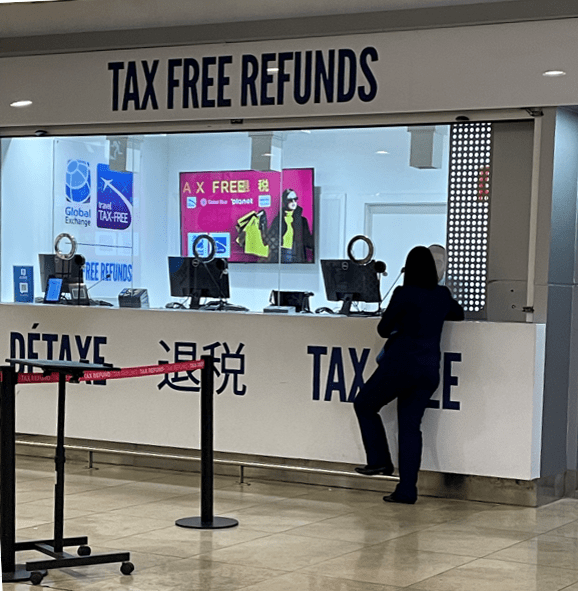
The way to request it depends on the destination. There are two methods:
- They apply it directly to you in the store. You must present your passport and round-trip plane tickets (round trip).
- When you make a purchase, you must request a ‘Tax-Free Form’. Then, Fill it out and take it, along with the items you want to deduct, your passport, and boarding pass, to the Customs Office at the airport for authorisation. Once authorised, you can request a tax refund from the tax-free managing entity in the boarding area.
I hope you liked this article and found it helpful to save at the destination.
If you have any questions or queries you would like to ask, do not hesitate to contact me by leaving a comment below or through the contact form. I will be happy to help. 😊
Once you have followed the Step-by-step process to organise your trip and have familiarised yourself with all the advice I have given you to save money at the destination (on transportation, accommodation, transfers, and money), it’s time to look at Travel Logistics to finish your travel plan.
Additional Information
You can also check my itineraries in Itineraries. Here, you’ll find them classified in City Guides and Country Guides.
Alternatively, in the section Destinations, they are classified based on the type of trip:
- Amazing Experiences. It covers the most extensive and complete trips.
- Beach and Sea. For those who prefer quieter activities by the sea.
- City Breaks. Short trips with a single destination.
📌 If you prefer to see them separated by continents, check them in Portfolios.
Remember to check Cook up Your Trip. There, you will find everything you need to organise your trip from start to finish.
Ready to Book your Trip?
To help you organise your adventure, I’ve gathered the best tools I use and recommend for booking flights, hotels, local transport and more. These links support this site at no extra cost to you.
🧳 Book Your Trip Here
- ✈️ Flights: Compare the best prices on flights using Kayak.
- 🛏️ Accommodation: Find hotels and unique stays at great prices worldwide with Booking.com.
- 🚐 Transfers: Pre-book your airport or city transfers to avoid stress on arrival with Welcome Pickups.
- 🚗 Car Rentals: Explore destinations at your own pace by using Discover Cars or Auto Europe to compare reliable car rental providers.
- 💺Transport (Bus and Train Tickets): Compare schedules and easily book intercity bus and train travel with Omio.
- 📷 Tours & Activities: Book fun experiences, guided tours, and skip-the-line tickets in advance with GetYourGuide or Viator.
- 🌐 Internet Connection: Stay connected abroad with eSIMS from Airalo.
- 🔐 For safe and reliable internet access wherever you roam, I always recommend using a VPN—NordVPN is my go-to.
Safe travels! 🌏✈️

